Key Takeaways
Playful cartoon figures in modern art serve as bridges between cultural heritage and contemporary expression. Artists like Yen Jui-Lin reinterpret traditional craftsmanship—such as wood carving—by infusing exaggerated, plant-sprouting characters that challenge rigid artistic norms. These whimsical forms often incorporate organic movement, reminiscent of kinetic sculpture, while maintaining tactile authenticity through hand-carved textures.
| Aspect | Role in Modern Art | Example in Yen Jui-Lin’s Work |
|---|---|---|
| Form | Exaggeration for emotional impact | Twisting limbs with floral growth |
| Narrative | Merging folklore with modernity | Characters symbolizing rebirth |
| Technique | Balancing digital and handmade | Precision wood carving tools |
Such creations critique societal expectations by juxtaposing childlike aesthetics with mature themes, inviting viewers to reconsider boundaries between "high art" and populist design. While digital tools streamline production, the tactile imperfections of manual carving remain central to conveying authenticity. This interplay ensures cartoonish figures retain cultural relevance, evolving from mere visual motifs to vehicles for layered storytelling.
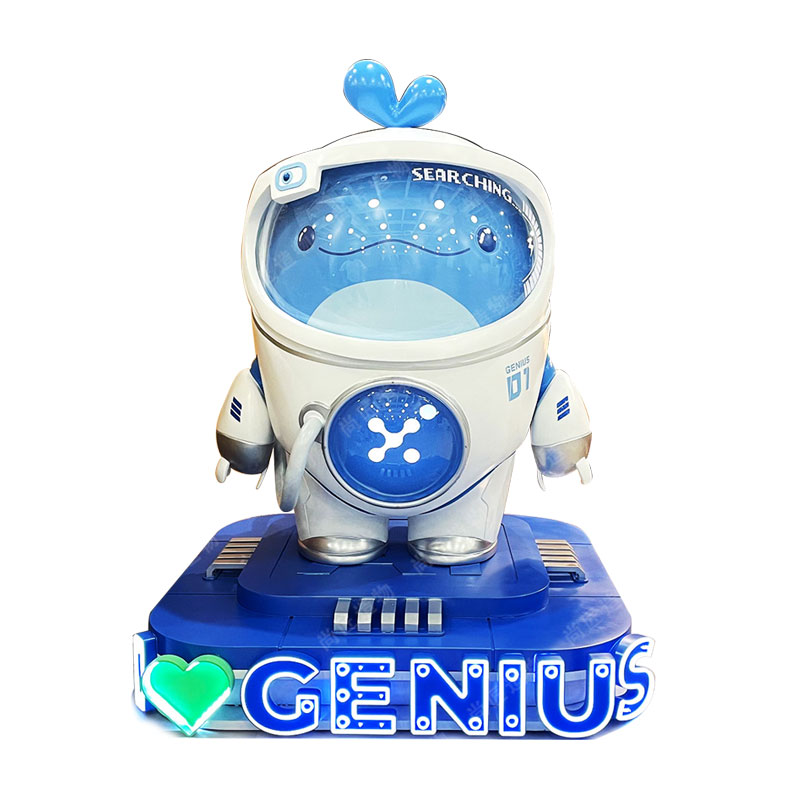
Playful Cartoon Figures in Modern Art
Playful cartoon figures have emerged as a dynamic force in modern art, challenging traditional boundaries between high culture and popular visual language. Artists harness exaggerated proportions and whimsical motifs to critique societal norms while maintaining accessibility—a balance exemplified by Yen Jui-Lin’s wood carvings. His plant-sprouting characters fuse organic growth with synthetic forms, creating narratives that resonate with ecological awareness and human vulnerability. Unlike Realistic sculpture, which prioritizes anatomical precision, these cartoonish forms employ distortion to amplify emotional expression, inviting viewers to reconsider preconceived notions of craftsmanship. This approach aligns with broader trends where humor and simplicity become vehicles for addressing complex themes, from consumerism to identity politics. By subverting expectations through childlike aesthetics, contemporary creators bridge generational divides, making avant-garde concepts relatable to diverse audiences.
Whimsical Wood Carvings and Cultural Impact
Contemporary artists like Yen Jui-Lin are redefining cultural storytelling through whimsical wood carvings that blend folklore with modern aesthetics. By crafting exaggerated, plant-sprouting characters, these works bridge traditional craftsmanship and contemporary themes, inviting viewers to reconsider how cultural narratives evolve. The interplay of organic textures in wood with surreal, cartoonish forms creates a tactile dialogue between nature and imagination, reflecting societal shifts toward sustainability and interconnectedness.
"Wood carries history in its grain—each carving becomes a timestamp of cultural values," notes Yen Jui-Lin, emphasizing how material choice amplifies storytelling.
This artistic approach resonates globally, partly due to social media platforms amplifying visual narratives that transcend language barriers. While modern materials like fiberglass sculpture offer durability for public installations, handmade wood carvings retain a raw authenticity that digital or industrial mediums struggle to replicate. As audiences seek meaning in hybrid art forms, these playful figures challenge rigid distinctions between "high art" and populist design, fostering inclusivity in cultural discourse. Transitioning smoothly from historical craft to modern critique, such works underscore art’s role as both mirror and catalyst for societal change.
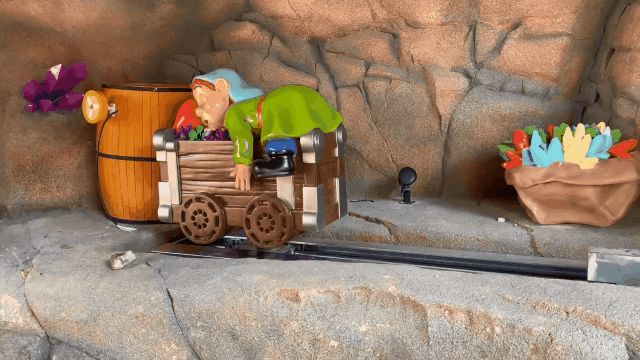
Yen Jui-Lin’s Plant-Sprouting Artistic Narratives
Yen Jui-Lin’s work bridges organic growth and human expression through his signature plant-sprouting figures. By integrating living vegetation into meticulously carved wooden forms, the artist reimagines cartoonish characters as vessels for ecological storytelling. His hybrid creations—often depicting exaggerated, wide-eyed beings with vines curling from their limbs or flowers blooming from their heads—challenge static definitions of sculpture. Unlike industrial materials such as stainless steel sculpture, which prioritize permanence, Jui-Lin’s use of wood and live plants emphasizes impermanence, reflecting cycles of decay and renewal in nature.
This approach aligns with broader trends in contemporary art, where playful forms serve as conduits for cultural critique. The sprouting motifs in Jui-Lin’s pieces subtly reference agricultural traditions while questioning humanity’s relationship with industrialization. His narratives unfold through tactile contrasts: the roughness of carved textures against delicate leaves, rigid postures softened by organic growth. Such juxtapositions invite viewers to reconsider boundaries between artifice and authenticity, a theme echoed in modern art’s exploration of cartoon aesthetics. By grounding whimsy in ecological awareness, Jui-Lin’s work maintains a cohesive thread within the article’s examination of how humor and exaggeration reshape artistic communication.
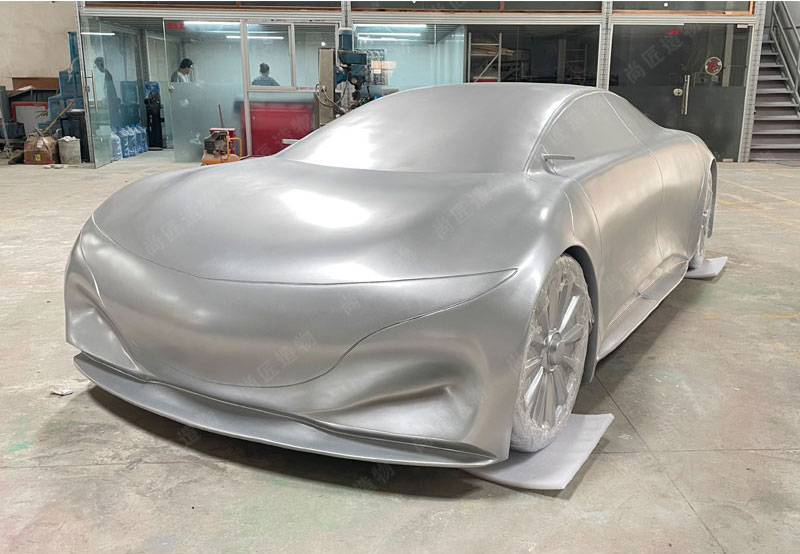
Exaggerated Forms in Contemporary Storytelling
Exaggerated forms in modern art serve as dynamic tools for amplifying emotional and thematic resonance, particularly within narratives built around playful cartoon figures. By distorting proportions—oversized heads, elongated limbs, or impossibly vibrant hues—artists like Yen Jui-Lin emphasize universal human experiences, from joy to existential curiosity. These distortions transcend mere visual novelty, acting as bridges between traditional storytelling and contemporary audiences accustomed to bold, digestible imagery. For instance, Jui-Lin’s plant-sprouting characters, with their absurdly stretched limbs and whimsical postures, evoke themes of growth and interconnectedness, transforming static wood carvings into evolving stories.
This approach aligns with broader trends in visual culture, where exaggeration simplifies complex ideas while retaining depth. In an era dominated by fleeting digital interactions, exaggerated forms cut through noise, demanding prolonged engagement. Such techniques also reflect a dialogue between handmade craftsmanship and modern aesthetics, as seen in Cartoon sculpture traditions that balance folkloric roots with avant-garde experimentation. By stretching reality, artists challenge viewers to reinterpret familiar narratives, proving that distortion, when purposeful, can clarify rather than obscure meaning.
Cartoonish Characters Redefining Visual Craftsmanship
The integration of cartoonish characters into modern craftsmanship challenges traditional notions of artistic rigor, blending whimsy with technical precision. Artists like Yen Jui-Lin exemplify this shift by merging exaggerated forms—such as figures sprouting vegetation—with intricate wood-carving techniques. These creations disrupt expectations by pairing childlike simplicity with sophisticated material manipulation, proving that lighthearted aesthetics can coexist with mastery of form. The trend reflects a broader cultural shift toward accessibility, where familiar visual languages bridge gaps between high art and popular appeal.
This redefinition extends beyond aesthetics, influencing how audiences engage with narratives. By embedding humor and relatability into sculptural works, artists invite viewers to reinterpret themes like growth and transformation through a playful lens. Such approaches resonate in an era where IP character sculpture increasingly blurs lines between commercial design and fine art. As craftsmen experiment with hybrid styles, they redefine what constitutes "serious" artistry—prioritizing emotional resonance over rigid formal conventions. The result is a dynamic visual language that thrives on contradiction, merging the irreverent with the meticulously crafted.
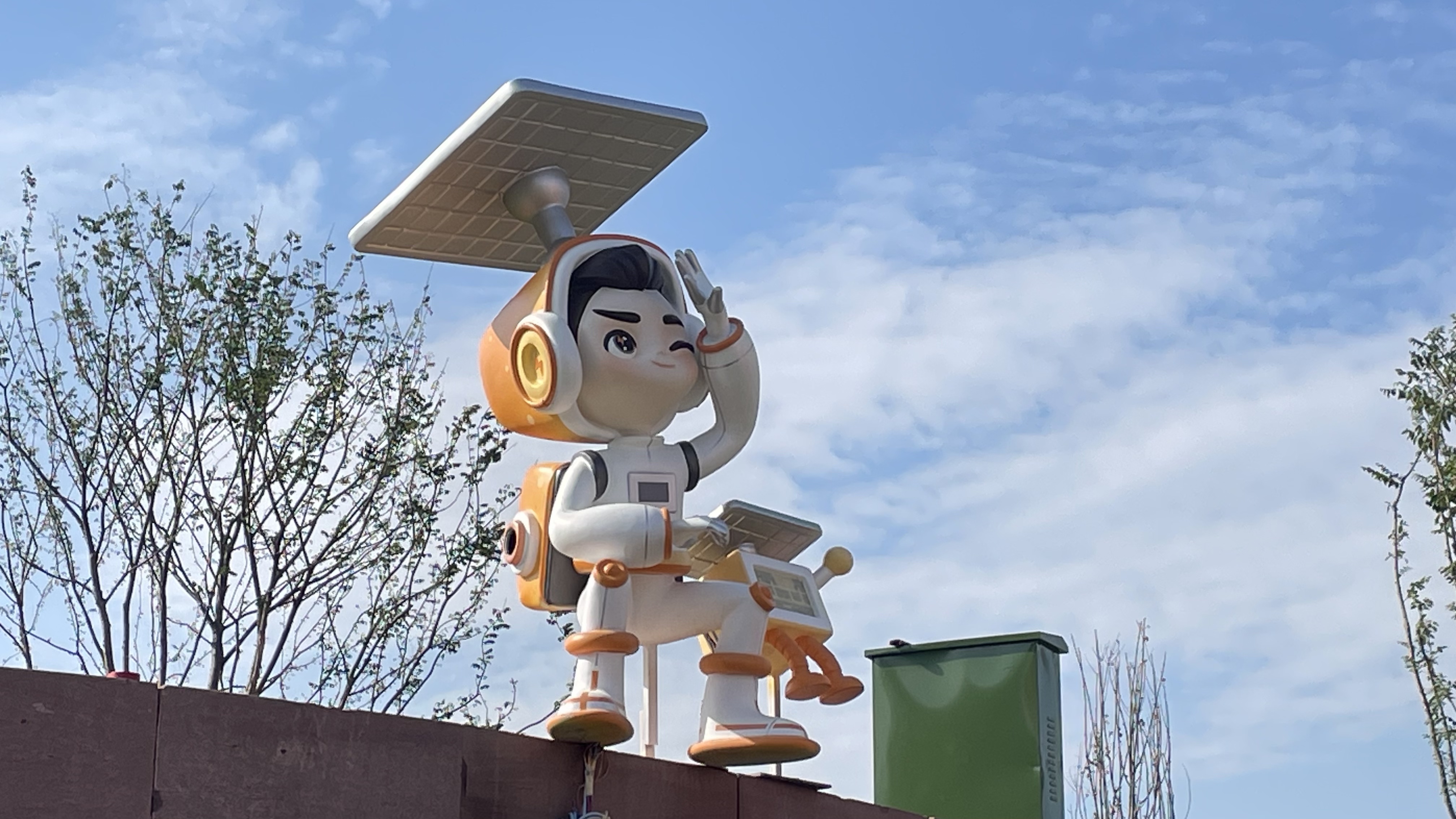
Tradition Meets Whimsy in Sculptural Expression
Sculpture has long served as a bridge between cultural heritage and artistic innovation, but contemporary creators like Yen Jui-Lin are redefining this balance. By blending traditional woodcarving techniques with fantastical cartoon-inspired forms, artists challenge rigid boundaries between historical craft and modern visual language. Yen’s work exemplifies this fusion—intricately carved figures sprout leafy tendrils or bend into exaggerated poses, merging the disciplined precision of ancestral methods with absurd, playful narratives. This approach honors craftsmanship while injecting humor and relatability, transforming stoic traditions into dynamic conversations with today’s audiences.
The interplay of whimsy and tradition resonates deeply in societies where folklore and pop culture coexist. Sculptors who adopt cartoonish aesthetics often draw from local myths or communal stories, reimagining them through bold shapes and surreal twists. For instance, Yen’s plant-sprouting characters evoke both organic growth cycles and the spontaneity of animated storytelling. Such works not only preserve technical legacies but also ensure their relevance in an era dominated by digital media. By anchoring absurdity in skillful execution, these artists prove that tradition need not be static—it can evolve, surprise, and even laugh.
Social Media’s Role in Cartoon Art Evolution
Digital platforms have fundamentally altered how playful cartoon figures reach global audiences, accelerating their integration into modern art. Social media’s visual-first nature prioritizes eye-catching designs, incentivizing artists to adopt exaggerated forms and vibrant aesthetics that translate well to small screens. Platforms like Instagram and TikTok amplify cultural trends, enabling cartoon-inspired art to transcend geographic boundaries and spark cross-cultural dialogues. Algorithms favoring shareable content have turned whimsical characters into viral phenomena, blurring lines between pop culture and fine art.
This democratization of exposure allows emerging creators to bypass traditional gatekeepers, fostering innovation in sculptural storytelling. Artists now engage directly with audiences through time-lapse carving videos or interactive polls, transforming passive viewers into collaborators. However, critics argue that the demand for instant gratification may prioritize superficial appeal over narrative depth. Despite this, social media’s role in connecting artists like Yen Jui-Lin with niche communities highlights its dual function as both a promotional tool and a catalyst for reimagining historical techniques in digital-age contexts. The resulting fusion continues to shape how cartoonish expressions evolve within—and beyond—virtual spaces.
AI Tools vs Handmade Playful Creations
The debate between digital precision and artisanal craftsmanship continues to shape modern artistic practices. AI tools now offer artists unprecedented efficiency, enabling rapid prototyping of cartoonish characters with mathematically precise curves and scalable designs. These algorithms can analyze trends in playful visual narratives, generating variations that align with popular aesthetics. However, handmade creations retain irreplaceable value through their tactile imperfections—the subtle grain of carved wood or asymmetrical quirks in a clay figure—that convey human intention and cultural nuance. Yen Jui-Lin’s plant-sprouting sculptures, for instance, gain emotional resonance from visible chisel marks, grounding whimsy in physical labor. While AI excels at replicating stylistic patterns, it struggles to embed the lived experiences or regional folklore often encoded in manual craftsmanship. Conversely, traditional artists increasingly adopt hybrid workflows, using AI to refine initial sketches before applying hand-finishing techniques. This interplay suggests coexistence rather than competition, as both methods expand the vocabulary for reimagining cartoon figures in contemporary art.
Conclusion
The integration of playful cartoon figures into modern art reflects a dynamic shift in how cultural narratives are constructed and shared. Yen Jui-Lin’s wood carvings, with their exaggerated characters sprouting botanical elements, exemplify this evolution by blending whimsy with craftsmanship rooted in tradition. These works challenge rigid boundaries between high art and popular culture, inviting viewers to reconsider storytelling through tactile, organic forms. While social media amplifies such art by connecting it to global audiences, the tactile authenticity of handmade creations like Jui-Lin’s maintains a distinct value in an era increasingly shaped by digital tools. As artists navigate the tension between analog techniques and technological innovation, playful cartoon figures persist as bridges—linking humor to introspection, tradition to experimentation, and individual expression to universal themes. Their enduring relevance lies not merely in aesthetic appeal but in their capacity to reshape visual language, proving that even the most lighthearted forms can carry profound cultural resonance.
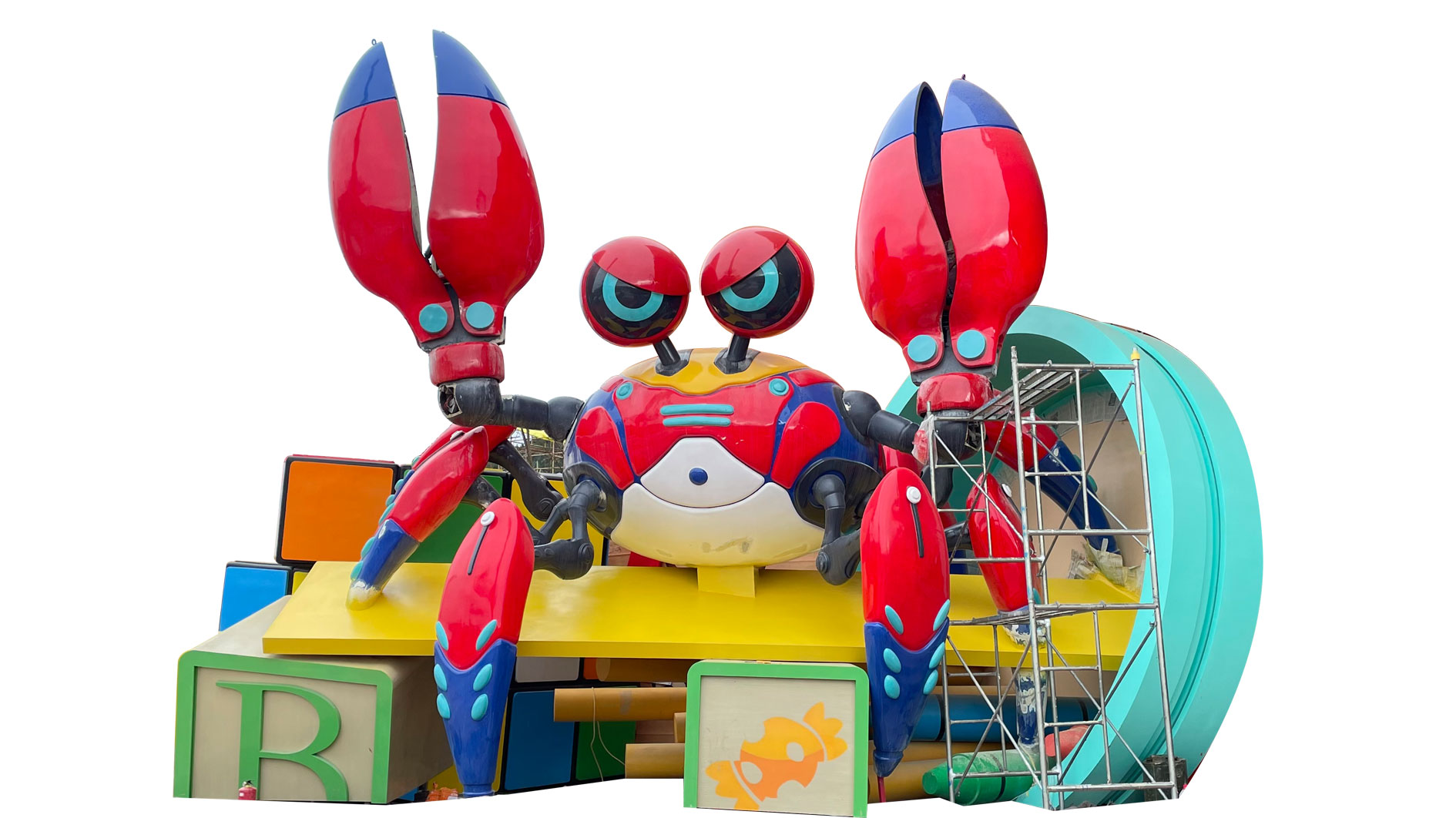
FAQs
How do playful cartoon figures challenge traditional art boundaries?
While classical art often prioritizes realism, cartoon-inspired creations use exaggerated proportions and whimsical themes to question established norms. Yen Jui-Lin’s plant-sprouting characters, for instance, blend organic growth with human forms, creating dialogues about nature and urbanization.
Can cartoonish art convey serious cultural messages?
Yes. Simplified forms and playful aesthetics often serve as accessible entry points for complex themes. Works like Yen’s wood carvings use humor and fantasy to critique consumerism or environmental neglect, proving that levity can coexist with profound commentary.
Why are materials like wood significant in whimsical sculptures?
Organic materials contrast sharply with digital or industrial mediums, grounding fantastical concepts in tactile reality. Yen’s choice of wood connects his surreal characters to craftsmanship traditions, emphasizing the value of handmade artistry in a tech-driven era.
How has social media influenced cartoon-inspired art?
Platforms like Instagram amplify visibility for playful styles, which thrive on visual immediacy. Artists gain freedom to experiment with viral-friendly aesthetics while audiences engage directly, fostering global communities around niche art forms.
Do AI tools threaten the authenticity of handmade cartoon art?
While AI can replicate styles, it lacks the intentionality behind human-made pieces. Yen’s carvings, for example, rely on deliberate chisel marks and material imperfections—details that embody the artist’s narrative and physical interaction with the medium.
 ch
ch English
English






